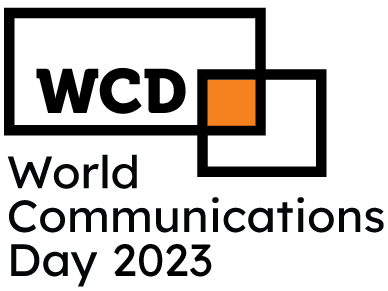However, if you expand beyond American borders, you should talk to a certified accountant about adhering to IFRS. Figuring this all out is called “revenue recognition,” and it’s a big challenge for entrepreneurs. Not just because it’s complicated, but also because if your business has investors or creditors, there are complex rules around it.
- If all of the performance obligations have been satisfied, the whole amount should be recorded.
- Revenue recognition is a generally accepted accounting principle (GAAP) that defines when and how a business’s revenue should be recognized.
- Avalara helps businesses of all sizes achieve compliance with transactional taxes, including sales and use, VAT, excise, communications, and other tax types.
- Stripe Revenue Recognition helps businesses streamline accrual accounting and untangle the process of recognizing revenue, without the need for engineering resources or intricate configurations.
The total contract price can be comprised of fixed, variable, or mixed (i.e. a combination of fixed and variable) contract component prices. Revenue recognition is an accounting principle that outlines the specific conditions under which revenue is recognized. In theory, there is a wide range of potential points at which revenue can be recognized.
Step 4: Allocate a price to each of the performance obligations.
Revenue recognition is a set of accounting rules that govern how and when companies may record revenue. It used to be very complicated with different rules for different industries and major discrepancies between US GAAP and IFRS. After 2014, the FASB and the IASB introduced a 5-step process that standardizes how companies recognize revenue. Companies recognize revenue when the collection of payment is probable and performance obligation is satisfied.
The revenue recognition principle provides the construct, but determining what constitutes a transaction can take more time and consideration. Issued by the Financial Accounting Standards Board (FASB), ASC (Accounting Standards Codification) 606 was designed https://adprun.net/the-5-step-approach-to-revenue-recognition/ to decrease complexity and create an industry-neutral revenue recognition model. We’ll examine ASC 606’s 5 steps of revenue recognition in the next section. You sell an item to the customer, they leave the store with it, and you recognize the revenue.
- The illustration below gives an overview of the annual revenue disclosure requirements for public entities.
- ASC 606 details what makes a good or service distinct enough from the other.
- If your company belongs to the affected industries, ASL can provide assistance on the implementation process.
- Another important term highlighted in this step is the existence of transfer.
- Revenue can be defined as the total amount of income generated by the sale of goods or services that are related to the company’s primary operations.
To help cut through this complexity, the following five-step approach is useful for helping subscription businesses recognize revenue consistently and methodically. The key point to remember about this step is that revenue should be recognized either over time, or at a point in time, and that these two approaches are mutually exclusive from each other. The first two steps of the revenue recognition standards both fall under the umbrella of identification, and in particular, step two stipulates that every contract identify performance obligations. The allocation of the transaction price to more than one performance obligation should be based on the standalone selling prices of the performance obligations. Revenue accounting is fairly straightforward when a product is sold and the revenue is recognized when the customer pays for the product. However, accounting for revenue can get complicated when a company takes a long time to produce a product.
Applying the revenue standard
Knowing when to recognize revenue is one of the reasons why we have Generally Accepted Accounting Principles. GAAP is a set of generally accepted accounting principles, standards, and procedures that public companies in the U.S. must follow when they compile their financial statements. There are detailed rules under GAAP that regulate when and how to recognize revenue and report it on your income statements.
ASC 606 Revenue Recognition: 5-Step Model
Similarly, goods or services that are not distinct should be combined with other goods or services until the entity identifies a bundle of goods or services that is distinct. On the other hand, SaaS transactions can often include performance obligations that seem distinct but are not actually separate. One example would be training, customization, or specialized installation. Say you’re upgrading a hospital’s computer network with custom software integrations that connect to existing systems, and the employees of the hospital will need training from your company to be able to use the software.
Accounting Standards for Revenue Recognition
If your contract contains more than one good or service, identify and separate them. It also makes changes to the disclosure requirements for companies—what type of information they provide investors. If the total price is less than the combined total of each item in the contract, that means you have applied a discount. In most cases, you need to allocate the discount evenly over all the items in the contract, but in key situations, you can opt to only apply the discount to select items.
You can classify a performance obligation as distinct if it’s useful to the consumer on its own. The customer takes possession of the equipment, and your performance obligation is complete. You could also sell a piece of equipment along with a limited warranty for future repairs.
Join over 140,000 fellow entrepreneurs who receive expert advice for their small business finances
ASC-606 is intended to improve consistency across industries for a more transparent and comparable system of revenue recognition. They must follow the revenue recognition rules set in the accounting standards. In the United States, companies follow the US GAAP maintained by the Financial Accounting Standards Board (FASB). For most of the rest of the world, companies follow the IFRS maintained by the International Accounting Standards Board (IASB). The Financial Accounting Standards Board (FASB) provides a five-step process for recognizing revenue from contracts.
